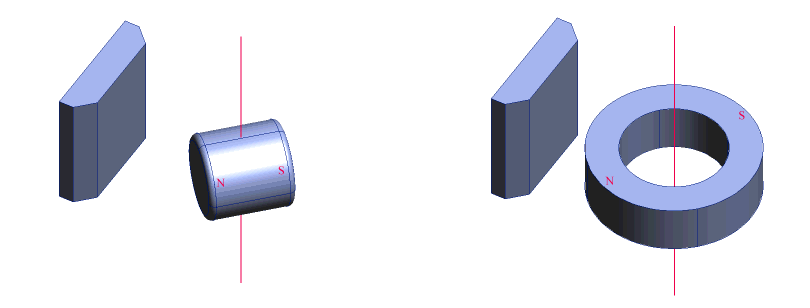My suggestion would definitely be the Hall Effect solution. We use these extensively for rotation measurement, and they work very well. There are two ways to do it:
Ratiometric Hall Effect:
Use a device like the A1324. It's a 3-pin device which gives an analog voltage proportional to the magnetic field strength. For a magnet, you have two options:
- A diametrically polarised ring magnet mounted on the steering column. The sensor should sit at the circumference of the magnet, facing the centre.
- An axially polarised button magnet. Mount it on the steering column with its diameter colinear with the rotation axis.

As the steering column rotates, the analog output voltage will vary sinusoidally with angle. Therefore, if you need to know the exact angle, you'll need to calibrate it. Take readings with the handlebars at several known angles. Then create either a piecewise linear function, or find the correct parameters for the perfect inverse sin function. Added: This option only works if we assume that the handle bars don't rotate more than about ±75º, preferably less than that.
Rotary Magnetic Encoder IC

RLS have several good Hall Effect based rotary sensor chips. You simply place a diametrically polarised button magnet on top of them, and it can tell you the rotation to 13-bit resolution. The AM8192B1 is the highest resolution one. Added: This is the option to choose if you need to measure rotations beyond ±90º degrees.
